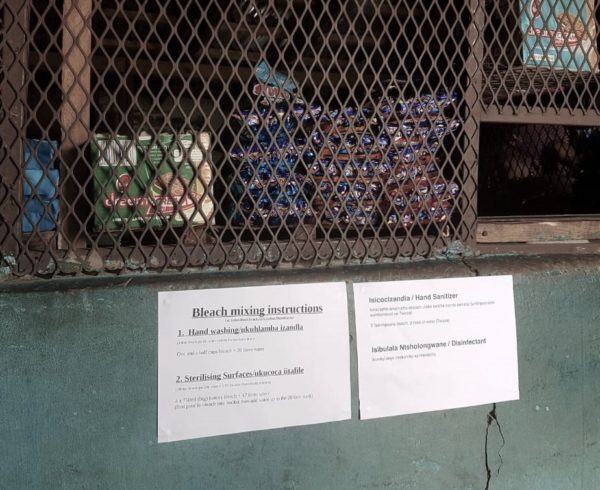The extensive work that the Foundation has been doing across different organisations, some of which are established and others still in their infancy, has led to much thought around how to provide the best possible support to these organisations.
The support many NGOs request is typically two-fold:
- Financial assistance: “We need more money”
- Strategic Guidance: “How do we understand ourselves better, execute more effectively and perfect our value proposition?”
For both, the inherent question is still “How do we get more resources?”. It is the same question asked by for-profit corporate giants, who adopt the approach of either increase revenue or lowering costs. These two tried and tested levers can take on many different forms, but the real question is “How are these for-profit levers utilised by NGOs and NPOs?”
The rationale behind this approach by corporates is the need to extract shareholder value through increased profits and, in turn, ROI. In the case of an NPO or NGO, they are discouraged from making a profit, limited in their profit-oriented activities and often encouraged to be frugal, and work with extremely limited resources. The ROI in this situation is the impact delivered, which is often very difficult to measure.
Within that context they are expected to find a way to sustainably deliver impact. The outcome is a situation where these organisations must undertake a careful balancing act between fundraising (increasing revenue) and frugality (managing costs).
As a result, there is a constant conflict between the non-profit’s key “shareholders”, who in this case are the two most prominent stakeholders:
- The beneficiaries of the intervention – the customers; and
- The funders of the intervention the investors
Beneficiaries want to see their current conditions change and therefore are focused on what they receive, while investors want measurable impact that can be used for marketing and CSI reports. At the same time, they want expenditure kept to a minimum. Between the two you find the NGOs trying to survive. This creates a resource-constrained environment that ends up reducing the impact for beneficiaries, and, a reduced impact for the funders.
This conflict is especially acute in the South African context, where CSI spend by corporates has remained flat in real terms over the past five years and there has been a significant increase in “in-kind” giving.
This conundrum highlights that NGOs and NPOs must be strategic in their approach to ensure their sustainability, which is best achieved by perfecting their value proposition.
There are five Ms which NPOs and NGOs can leverage to help them get one step closer to sustainability, which is unpacked step-by-step below:
- Magnify: This requires the organisation to map the problem, understand the issue they wish to solve, the antecedents and consequences. Put another way, to undertake a market study to understand exactly what problem they are or should be trying to solve and where in the problem chain will they be able to deliver the greatest impact. This includes understanding the root cause and how that may be best addressed
- Minimise: Leveraging this information, the organisation will then need to focus on how it designs the intervention to address the identified challenge, without trying to be a fix-all organisation. Focus is important to minimise any distractions from core organisational operations
- Measure: Once the challenge and intervention have been identified, clear metrics must be developed impact can be determined and the messaged articulated about that impact to donors and funders. This is highly variable, based on the nature of the organisation
- Market: This is related to having a very strong marketing presence and approach. NPOs need to prioritise professionalism, impact and awareness. This is especially important within the donor and funder community. If this is done right, donors and funders should be attracted to the organisation, as opposed to the organisation having to hunt for support
- Mobilise: The public must be mobilized through developing awareness of and fostering commitment to a given issue, ideally leading to broad based support. For example, an issue of prominence today is youth unemployment. Unfortunately, there are many factors which influence this issue, which are ignored. Organisations need to raise awareness of their specific issue and generate mass participation and involvement in their work by mobilising communities and broader society to get involved, and support what they do
By adopting these four steps, NPOs and NGOs will be able to improve their sustainability by instilling an enhanced focus, clear measurements of success, a strong market presence and a broad base of support.
Implementing these four steps is not easy, but this is why strategic support to NPOs is so critical in order for them to drive meaningful, measurable and sustainable impact for their beneficiaries and funders.
Want to learn more about Letsema? Connect with our staff on LinkedIn or call 011 233 0000.









